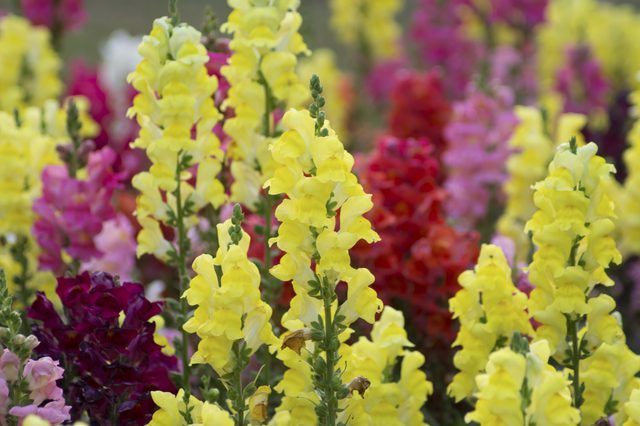Bulbs
Flower Basics
Flower Beds & Specialty Gardens
Flower Garden
Garden Furniture
Garden Gnomes
Garden Seeds
Garden Sheds
Garden Statues
Garden Tools & Supplies
Gardening Basics
Green & Organic
Groundcovers & Vines
Growing Annuals
Growing Basil
Growing Beans
Growing Berries
Growing Blueberries
Growing Cactus
Growing Corn
Growing Cotton
Growing Edibles
Growing Flowers
Growing Garlic
Growing Grapes
Growing Grass
Growing Herbs
Growing Jasmine
Growing Mint
Growing Mushrooms
Orchids
Growing Peanuts
Growing Perennials
Growing Plants
Growing Rosemary
Growing Roses
Growing Strawberries
Growing Sunflowers
Growing Thyme
Growing Tomatoes
Growing Tulips
Growing Vegetables
Herb Basics
Herb Garden
Indoor Growing
Landscaping Basics
Landscaping Patios
Landscaping Plants
Landscaping Shrubs
Landscaping Trees
Landscaping Walks & Pathways
Lawn Basics
Lawn Maintenance
Lawn Mowers
Lawn Ornaments
Lawn Planting
Lawn Tools
Outdoor Growing
Overall Landscape Planning
Pests, Weeds & Problems
Plant Basics
Rock Garden
Rose Garden
Shrubs
Soil
Specialty Gardens
Trees
Vegetable Garden
Yard Maintenance
How to Grow Snapdragons
Snapdragons make a satisfying flowering plant choice for beginner gardeners due to their low-maintenance care requirements and unusual blooms.

Showy, low-maintenance snapdragons (Antirrhinum majus) make a rewarding addition to flowerbeds and borders with their intricate, colorful flowers. They come in a wide variety of colors, sizes and flower types, including the classic variety and the fancier cultivars that produce heavily frilled blooms. Few flowering plants are simpler to grow than snapdragons, although they must be grown under the right conditions and care to prosper fully.
Climate and Hardiness
Snapdragons are grown as annuals, but the species and cultivars are technically short-lived perennials within U.S. Department of Agriculture plant hardiness zones 7 through 10. Their appearance and vigor diminishes over time, however, and they are not suited to long-term cultivation in perennial beds.
Because snapdragons grow best in cool weather and stop blooming in extreme heat, their planting time depends on the climate. Plant them when nighttime temperatures are 50 to 55 degrees Fahrenheit and daytime temperatures stay 60 to 75 F. Plant in fall or winter in USDA zones 9 through 11 and in spring in lower zones, which are cooler.
Location Specifics
Established snapdragons are relatively low-maintenance plants, but they require suitable growing conditions to perform well. Choose a location with:
Full sun. Bright sunlight is required for good blooming, but snapdragons grown in hot climates benefit from light midday shade.
Lightweight, organically rich soil. Avoid poor and heavy clay-based soil.
Fast drainage. Avoid areas where water pools after a heavy rain.
Bed Preparation
Creating the right soil conditions will help snapdragons look their best, especially if the existing soil is less than ideal. Start preparing the planting bed's soil about one week before planting so emerging weeds can be eliminated.
Things You'll Need
Hand spade or tiller
Tape measure
Organic compost
Granular 12-6-6 fertilizer (optional)
Step 1
Weed the planting bed. Remove all weeds, including their roots, and discard them in a green waste can. Also remove large stones, sticks and debris.
Step 2
Work the soil to a depth of 8 to 10 inches using a hand spade or a tiller. Spread a 3- to 4-inch layer of organic compost across the bed, and work it into the soil. Compost improves soil's structure and nutrient content.
Step 3
Spread granular 12-6-6 fertilizer over the garden bed at a rate of 2 pounds per 100 square feet of surface area if the soil is sandy or clay-based. Apply the fertilizer on planting day, and work it into about the top 6 inches of soil. Water the bed, settling the soil.
Tip
Instead of granular 12-6-6 fertilizer, granular 10-10-10 fertilizer can be used. Just reduce the application rate to 1 pound per 100 square feet of soil surface.
Planting Tips
Snapdragons vary in size, from the stately, 3-foot-tall ‘Rocket Series’ varieties (Antirrhinum majus ‘Rocket Series’) to the petite, 6- to 8-inch-tall ‘Floral Carpet’ series varieties (Antirrhinum majus ‘Floral Carpet’). Space the plants according to their mature spread, which is typically 6 inches for small varieties and 12 to 18 inches for larger varieties.
Water the soil deeply after planting, wetting its top 6 to 15 inches. Snapdragons grow best with cool roots. So spread a 1-inch layer of lightweight organic mulch between the plants, and keep the mulch from touching the base of the stems to prevent diseases.
Ongoing Care
Very little hands-on attention is needed to grow snapdragons successfully, although they need watering on a regular basis and occasional feeding to look their best.
Water weekly if less than 1 inch of rain falls. Increase watering to twice weekly during extreme heat. Let the soil dry out slightly between waterings. Avoid overhead watering because wet foliage encourages potentially harmful fungal and bacterial growth.
Feed in midsummer. Snapdragons are not heavy feeders, but they may need a boost of nutrients midway through the growing season to keep blooming until autumn. Sprinkle granular 8-8-8 or 10-10-10 fertilizer between the plants at a rate of 1 pound per 100 square feet of area. Add the fertilizer to wet soil, and then water the soil as usual afterward.
Warning
Do not apply extra fertilizer in midsummer if you used slow-release fertilizer to amend the bed before planting. Too much fertilizer may cause root burn, which can kill snapdragons.